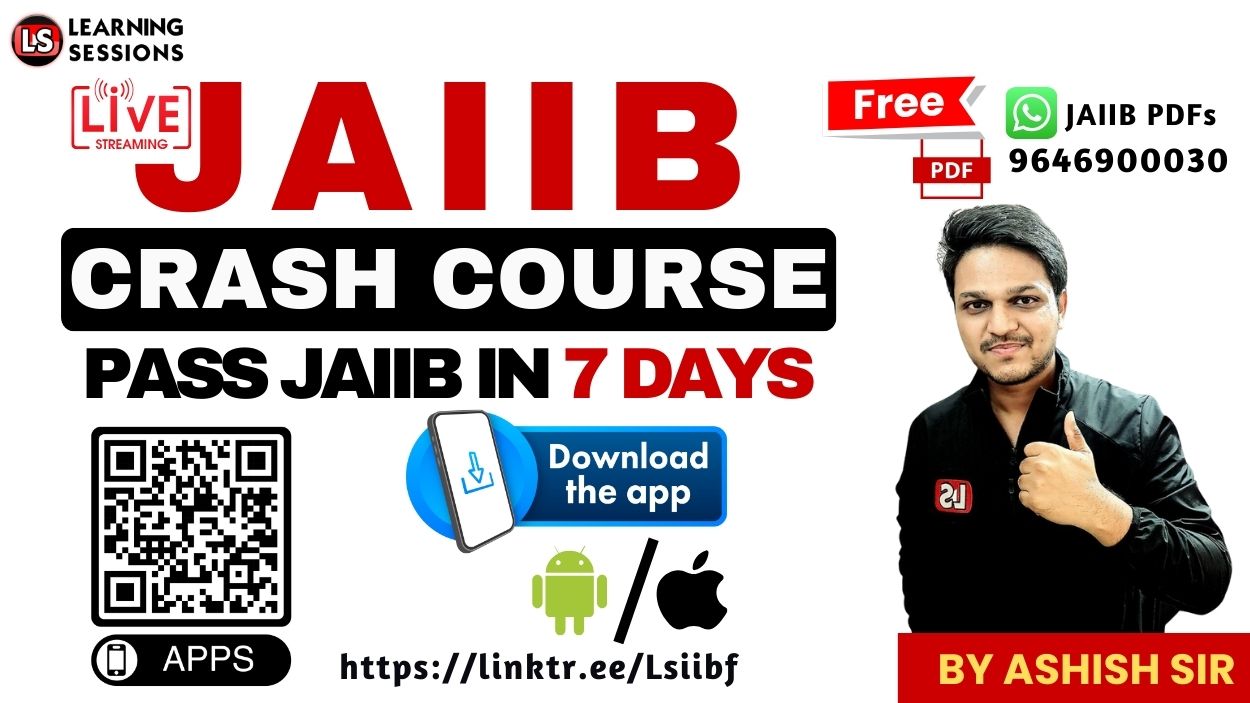Do you struggle to understand Marginal Costing? Are you confused about fixed costs, variable costs, and break-even analysis? You’re not alone! Many JAIIB aspirants find this topic tricky, but we’ve got you covered.
📚 JAIIB Study Resources 📚
👉 Check Here
👉 Check Here
👉 Check Here
👉 Get Tests Here
👉 Check Here
- What Marginal Costing is and why it’s crucial
- How to differentiate fixed costs from variable costs
- How to calculate Break-Even Point (BEP) and Profit Volume Ratio (PVR)
- How businesses use marginal costing for decision-making
If you’re a banker preparing for JAIIB, a finance student, or someone who wants to master cost accounting, this session is for you!
Watch the Video
Before we dive in, watch this video for a complete breakdown:
What is Marginal Costing?
Marginal Costing is a costing technique that focuses on how costs behave when production changes. In simple words, it tells us how much extra cost is incurred to produce one additional unit.
Fixed Costs vs. Variable Costs
To understand Marginal Costing, you must differentiate between:
- Fixed Costs – Costs that don’t change with production (e.g., rent, salaries)
- Variable Costs – Costs that increase with production (e.g., raw materials, labor)
Contribution and Profit Calculation
Contribution = Sales Price – Variable Cost
Contribution is crucial because it covers Fixed Costs first, and whatever remains is profit.
Break-Even Analysis
Break-even point (BEP) is the level of sales where total revenue = total cost (No profit, No loss).
Profit Volume Ratio (PVR)
PVR = (Contribution ÷ Sales) × 100
Higher the PVR, higher the profitability.
Margin of Safety
Margin of Safety shows how much sales can drop before a business starts making losses.
Advantages & Limitations of Marginal Costing
Advantages:
- Simple & easy to apply
- Helps in decision-making
- Cost control & pricing strategies
- Useful for short-term profit planning
Limitations:
- Ignores fixed costs in product valuation
- Unrealistic assumptions (Fixed cost remains constant)
- Not suitable for long-term decisions
Conclusion
Key Takeaways:
- Marginal Costing focuses on variable costs while ignoring fixed costs.
- Break-even analysis helps determine the minimum sales required to avoid losses.
- PVR and Margin of Safety are crucial for profitability analysis.
🎯 What’s next?
- Try solving some Marginal Costing questions.
- Drop your doubts in the comments – Let’s discuss!
- Subscribe for more JAIIB exam tips & strategies.
📥 Download Free PDF Notes







